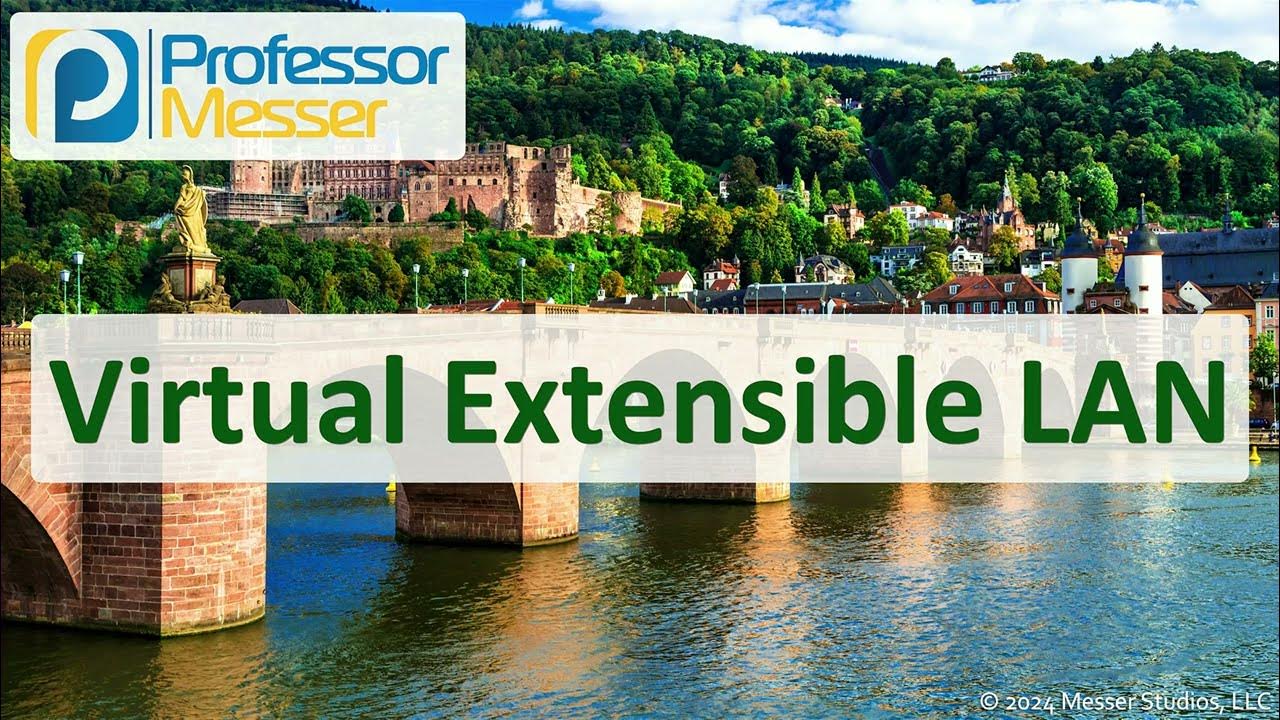Screen Recording 2024 07 18 204849
Summary
TLDRThe video script discusses the concept of 'lift and shift' in data centers, focusing on the process of migrating servers while maintaining connectivity. It explains policy-based routing (PBR) and how it directs packets to specific destinations. The speaker also details the technical steps involved in changing routing configurations, including updating access lists and route maps, to ensure seamless network transitions.
Takeaways
- 😀 The term 'lift and shift' is frequently mentioned, referring to the process of moving servers into a data center environment.
- 🔌 Servers typically need to connect to the data center network (DCN), and in the context of 'lift and shift', they continue to use their old firewalls or paths.
- 🚀 The change being made involves policy-based routing (PBR), which allows for the redirection of packets from servers to different paths based on predefined policies.
- 🛠️ The speaker is making changes to a routing map and an access list, which are crucial components in managing how servers communicate within the network.
- 🌐 The use of wildcard notation in network addresses is explained, helping to understand how subnet masks are represented and interpreted.
- 🚦 The concept of changing the 'next hop' for servers is likened to changing train tracks at a station, emphasizing the redirection of data flow.
- 📈 The speaker discusses the complexity of access lists, noting that some can be very long and contain numerous entries, which can be challenging to manage.
- 🔍 The script mentions the use of 'show IP access list' commands to view current network configurations and monitor network traffic.
- 👥 The speaker references past experiences and colleagues, providing a historical context and personal anecdotes related to network management.
- 🚀 The script concludes with a discussion about preparing for a migration, highlighting the importance of careful planning and coordination in network changes.
Q & A
What is the term 'lift and shift' mentioned in the script?
-The term 'lift and shift' refers to the process of moving servers or applications from one environment to another without significant changes to the application code. In this context, it is used to describe the movement of servers into the data center network (DCN).
What is the purpose of connecting servers to the DCN?
-Servers generally need to connect to the DCN to ensure proper network integration and communication. This connection is crucial for maintaining the necessary network paths and security measures within the data center.
What is PBR and how does it relate to the script?
-PBR stands for Policy Based Routing. It is a method used to control the path that network packets take based on certain policies. In the script, PBR is being used to change the routing path of packets from servers to a different gateway due to an upgrade in the DCN.
What changes are being made to the routing in the script?
-The changes involve modifying a route map and an access list to direct packets from servers to a new gateway. This is necessary because the DCN is upgrading some layer three devices, which requires changing one router with another.
What is the significance of the wildcard notation in the script?
-The wildcard notation is used to represent subnet masks in a more concise form. In the script, '255.255.255.3' is equivalent to '255.255.252.0', which is further simplified to a /22 CIDR notation, indicating a subnet mask of 255.255.22.0.
What does the script mean by 'show IP route'?
-'Show IP route' is a command used in networking to display the routing table of a device. It shows where the device will send packets based on their destination IP addresses.
What is the purpose of changing the access list in the script?
-The access list is being changed to standardize and update the network security policies. This ensures that the servers are correctly directed to their new destinations and that the network remains secure.
What is the relationship between the access list and the route map in the script?
-The access list is used in conjunction with the route map to determine the path that packets will take. The route map matches the IP addresses in the access list and then applies the routing policies accordingly.
What is the significance of the subnets mentioned in the script (10761, 10762, 10108, 5222)?
-These subnets represent different network segments within the data center. The script discusses routing changes for servers located in these subnets, directing them to a new gateway (10108.5222) instead of their current default path.
What is the role of Chris and Bik in the script?
-Chris and Bik are team members involved in the network migration process. They are responsible for preparing and executing the changes to the network configuration, ensuring a smooth transition during the migration.
Outlines

This section is available to paid users only. Please upgrade to access this part.
Upgrade NowMindmap

This section is available to paid users only. Please upgrade to access this part.
Upgrade NowKeywords

This section is available to paid users only. Please upgrade to access this part.
Upgrade NowHighlights

This section is available to paid users only. Please upgrade to access this part.
Upgrade NowTranscripts

This section is available to paid users only. Please upgrade to access this part.
Upgrade NowBrowse More Related Video
5.0 / 5 (0 votes)





